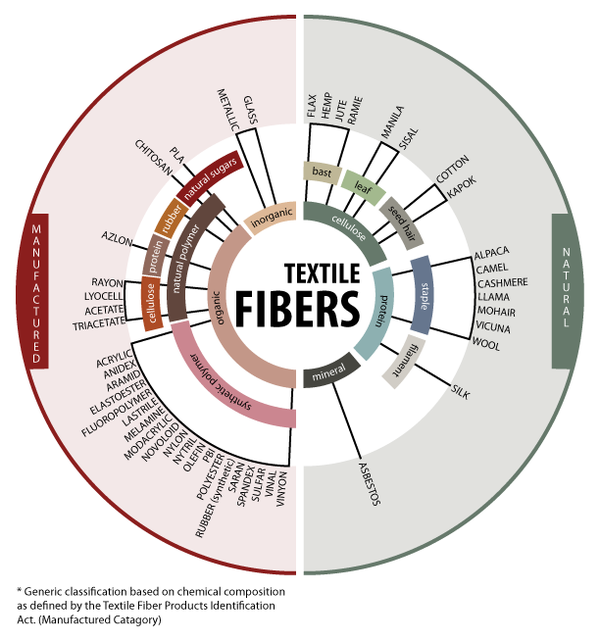- Qinsun Instruments Co., Ltd.
- Tell:+86-21-6780 0179
- Phone:+86-17740808215
- Address:No. 2578 Minhang District Gu Dai Road, Shanghai
- Contact:Mr. Li
- QQ:846490659
Selection of Spectrometer

When selecting a spectrometer, factors such as spectral range, measurement speed, testing accuracy, repeatability, calibration, and traceability can be comprehensively considered.
1. Spectral range
For LED testing, the spectral range we test is basically in the visible light range, which is 380nm-780nm, so the range of the spectrometer must cover the range of 380nm-780nm. However, sometimes we also need to pay attention to the measurement of ultraviolet spectra (such as UV lamps used for disinfection and insecticides). At this time, it is recommended to set the spectral range to 250nm – 850nm, which would be more appropriate; If you pay more attention to the infrared spectrum, it is recommended to set the spectral range to 350nm-1050nm, which is more appropriate.
2. Measuring speed
The luminescence of traditional lamps belongs to thermal light sources. When the lamps reach thermal equilibrium, the color and temperature characteristics change very little, indicating good thermal stability. Therefore, a scanning spectrometer with long measurement time but high measurement accuracy can be selected for measurement. However, for light sources with poor thermal stability (such as LEDs), a CCD spectrometer must be used. There are two reasons for this: CCD spectrometers can achieve millisecond level measurements. If the measurement time is too long and the light source temperature (working conditions) changes, the spectrum we measure is not corresponding to a certain temperature or time, but rather the spectrum at different temperatures (conditions). Obviously, the measured spectrum at this time is a patchwork of spectral lines of different wavelengths of the light source under different conditions, thus losing the significance of measurement.
3. Testing accuracy
The measurement accuracy of a spectrometer is usually determined by wavelength resolution, half wavelength width, and signal-to-noise ratio. Optical wavelength resolution is one of the main factors often considered when configuring a spectrometer. Within a certain range, the signal-to-noise ratio can be improved by averaging the spectrum multiple times, and the square root of the average frequency is exactly a multiple of the signal-to-noise ratio improvement. Lanfei's software provides the option of average frequency, which can be modified based on the measured product type to enhance signal-to-noise ratio, while other brands of software often do not have this feature.





